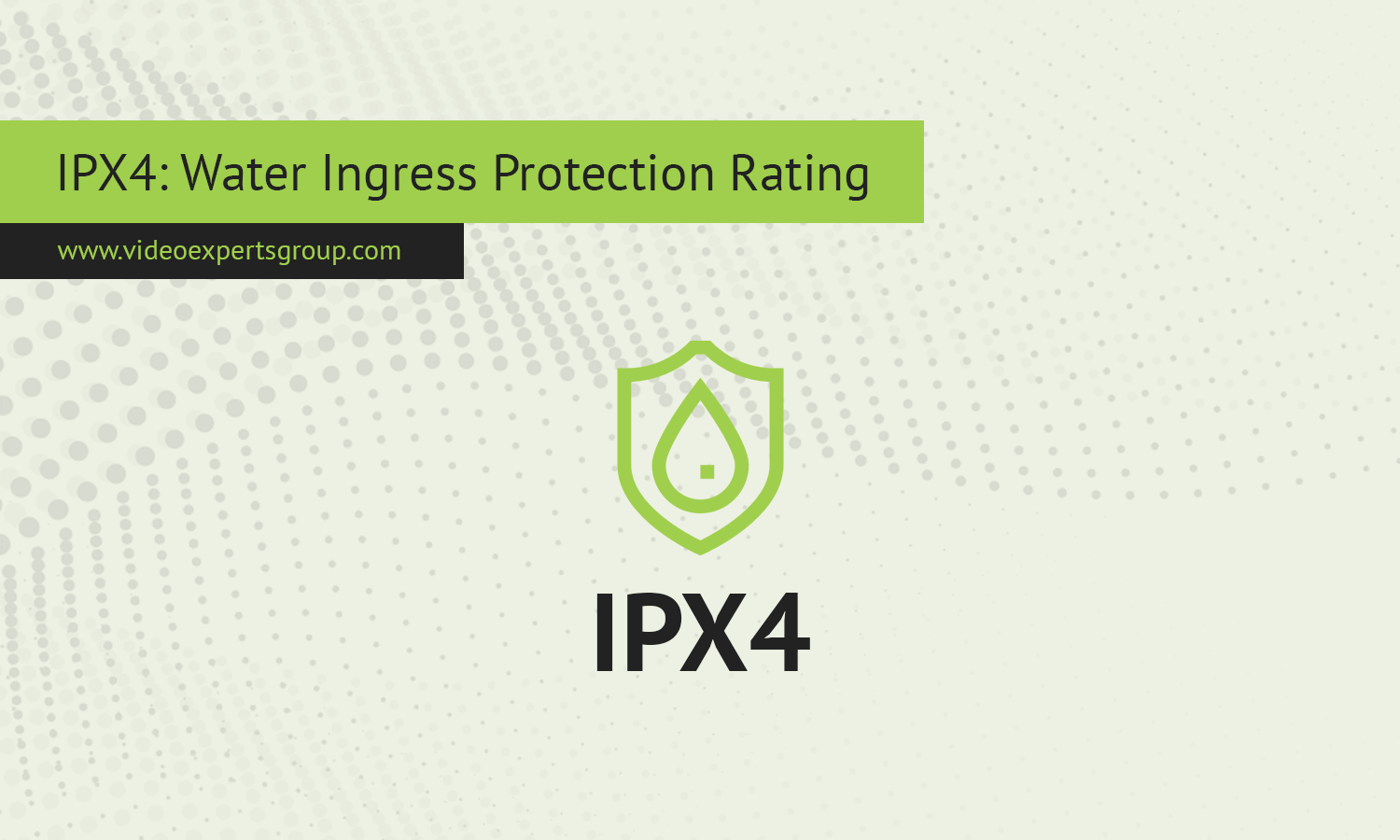The IPX rating system is a widely recognized standard for measuring how well a device can resist water ingress. Among these ratings, IPX4 offers a reasonable level of protection, ensuring that devices can withstand water splashes from any direction. This article explores the meaning of IPX4, its place within the IPX rating chart, and the testing procedures and requirements necessary to achieve this rating.
Meaning
IPX4 is an ingress protection rating that indicates a device’s ability to resist water splashes from any direction. The "X" in IPX4 signifies that the rating does not provide information about the device’s protection against solid particles, focusing solely on water resistance. The "4" indicates that the device is protected against water splashes, making it suitable for environments where it might be exposed to rain, splashes from nearby water sources, or similar conditions. This level of protection is more robust than the previous ratings, IPX1, IPX2, and IPX3, which offer protection against more limited types of water exposure.
IPX Rating Chart
| IPX Rating | Protection Level | Description |
| IPX0 | No protection | No protection against water ingress |
| IPX1 | Drip-proof | Protection against vertical water drops |
| IPX2 | Drip-proof (15-degree tilt) | Protection against water drops when tilted up to 15 degrees |
| IPX3 | Spray-proof | Protection against water spray up to 60 degrees from vertical |
| IPX4 | Splash-proof | Protection against water splashes from any direction |
| IPX5 | Water-jet resistant | Protection against water jets from a 6.3mm nozzle from any direction |
| IPX6 | Powerful water-jet resistant | Protection against more powerful water jets |
| IPX7 | Immersion up to 1 meter | Protection against temporary immersion in water up to 1 meter for 30 minutes |
| IPX8 | Immersion beyond 1 meter | Protection against continuous immersion in water beyond 1 meter, under conditions set by the manufacturer |
| IPX9 | High-pressure, high-temperature water resistant | Protection against high-pressure, high-temperature water jets |
What is the IPX4 Test Procedure?
The IPX4 test procedure is designed to evaluate a device's ability to resist water splashes from all directions, simulating conditions like rain or accidental splashes. The procedure includes the following steps:
-
Test Setup: The device is placed on a turntable that rotates at a speed of 1 RPM. This rotation ensures that the device is exposed to water from all angles during the test.
-
Water Splashing: Water is splashed onto the device using oscillating spray nozzles that cover an arc of 180 degrees from the vertical. The spray rate is set to 10 liters per minute, and the device is exposed to this splashing for 5 minutes on each side, totaling 10 minutes of exposure.
-
Device Orientation: The device is tested in its normal operating position. If the device has multiple intended orientations, it is tested in each position to ensure that it provides consistent protection against water splashes.
-
Assessment: After the test, the device is inspected for signs of water ingress. To pass the IPX4 test, the device must not exhibit any water entry that could affect its operation or safety.
Requirements
For a device to achieve an IPX4 rating, it must meet specific requirements during the testing process:
- Splash Resistance: The device must be able to resist water splashes from any direction without allowing water ingress that could impair its functionality.
- Uniform Protection: The device must provide consistent protection in all intended operating positions, ensuring that it remains water-resistant regardless of its orientation.
- No Water Ingress: The device must not show any significant water ingress that could compromise its safety or operation.
Devices with an IPX4 rating are suitable for environments where they might be exposed to water splashes from any direction, such as outdoor use in light rain, near sinks, or in similar settings. While IPX4 provides a good level of protection, it is not intended for situations involving water jets, immersion, or high-pressure water exposure. For more demanding conditions, higher IPX ratings like IPX5 or above should be considered to ensure the device’s durability and longevity in wet environments.
















